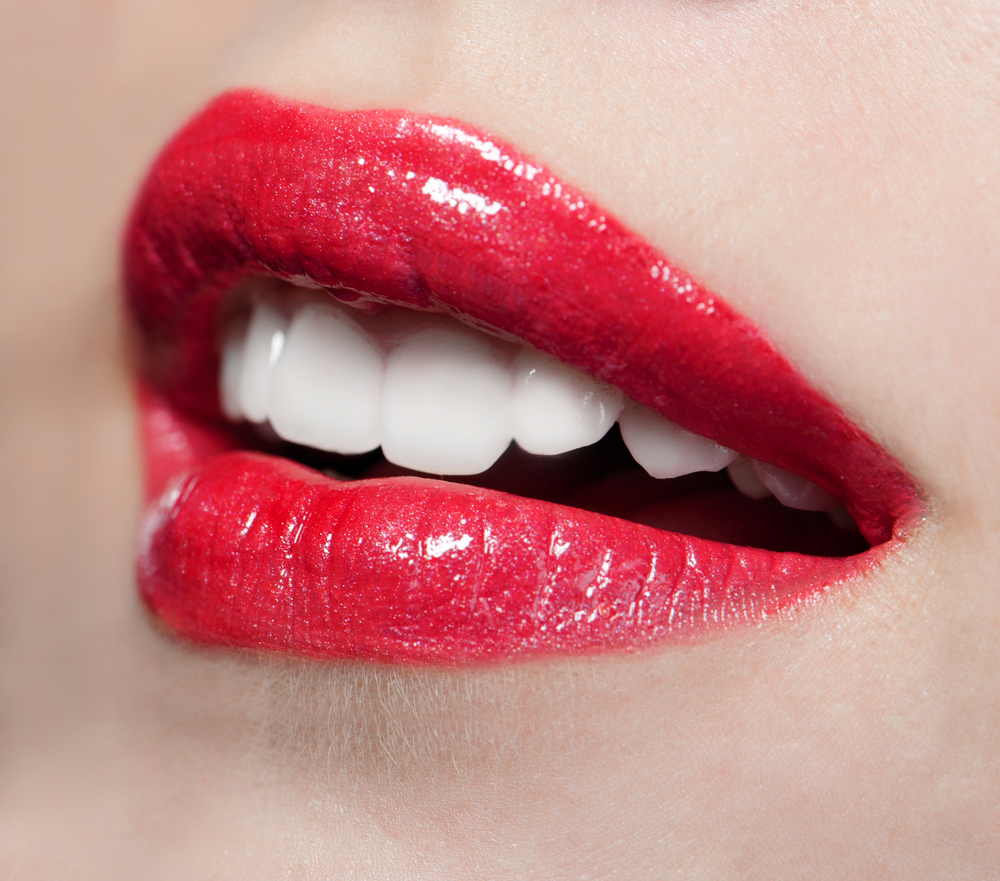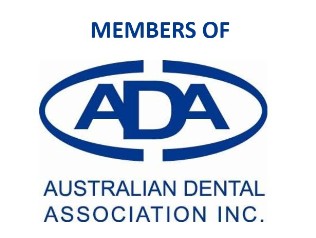Tooth whitening: everything you wanted to know
Tooth whitening, does it work?
Over time, your teeth can go from a youthful white to not so healthy yellow for a number of reasons:
- Food and drink – colour pigments called chromogens found in coffee, tea and red wine attach to the white enamel of your teeth.
- Tobacco – toxic chemicals found in tobacco such as tar and nicotine turn brown to yellow in colour when mixed with oxygen.
- Medications – some antibiotics used in the past caused staining of the teeth.
- Age – over time the other white enamel shell of your teeth gets thinner with wear, allowing the yellow dentine to show through.
- Trauma – if you you have a hard knock to your tooth, it will react to the injury by laying down yellow reparative dentine, which may make the enamel look darker.
So how does tooth whitening work?
Tooth whitening products contain one of two tooth bleaches – hydrogen peroxide or carbamide peroxide. They work by breaking down stain on the enamel surface into smaller pieces and results in lighter and brighter teeth!
What are my tooth whitening options?
Ask your dentist which is the most appropriate solution for you. Individual results vary and sometimes one or combination of the following may be needed for you to achieve a brigher whiter smile.
1.Office/Premium whitening – this is a quick and safe process that takes 60 minutes and usually only requires 1 visit. A protective hardening gel is placed over your gums and a concentrated whitening gel is applied to your teeth. If your teeth are very dark , this is sometimes done in combination with a custom “at home” whitening kit.
2. Custom DIY whitening kits – a cost effective tooth whitening gel is placed in custom made trays that fit around your teeth. These whitening gels tend to be weaker in concentration than premium office whitening and may tray 1-3 months to get your desired result.
3. Whitening tooth pastes – toothpastes contain a mild abrasive that work to scrub stubborn stain off the the outer surface of your teeth. Unlike the bleaching agents, they will not change the colour of your teeth, they will only remove stain.
We recommend checking out these articles and reviews we’ve published on DIY teeth whitening:
Teeth Whitening: do DIY kits work?
DIY Tooth Whitening Review: Oral B 3D White Whitestrips LUXE.
Warpaint Natural Teeth Whitener: worth the hype?
Is there anything I need to worry about?
Some people who use tooth whitening products with experience tooth sensitivity. This happens when the whitening agent goes through to the soft dentine to irritate the nerve of the tooth. But not to worry! In most cases, sensitivity is temporary and may be experienced only on the day of whitening your teeth. You can always delay your whitening procedure and try again.
Over use of whitening products can cause unneccesary wear to the enamel and gums. So make sure you follow your dentist’s instructions.
It’s also important to have your teeth thoroughly checked prior to starting any whitening. Decayed teeth, leaking fillings may cause pain if you whiten them without fixing them first. It’s also important to note that if you have had fillings, crowns or veneers on your front teeth, they won’t be affected by tooth whitening, so you may need to find out what other options are available.






